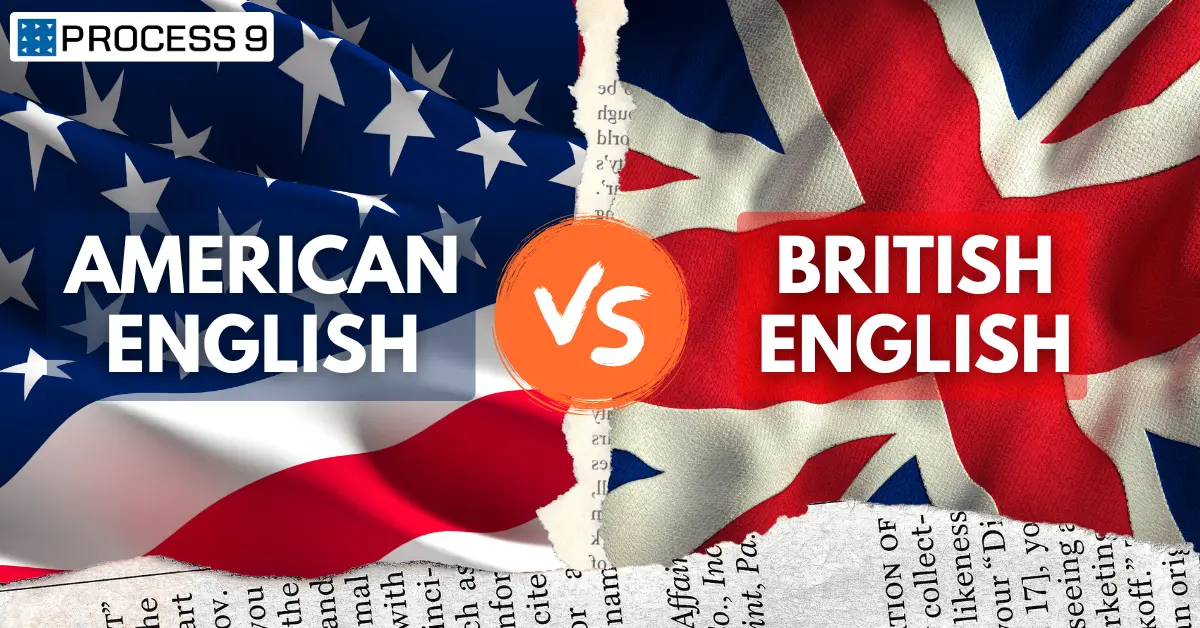It’s now official; the growing vernacular internet users have outnumbered the English language users. Regional aspirations are now shaping businesses’ growth strategy as a substantial consumer base in non-metro regions is all set to participate in the digital medium.
A 2017 Google report estimated that Indian (vernacular) language internet users had surpassed English language users by about 201 million. Google expected the number of Indian (vernacular) language internet users to reach 536 million by 2021 at a CAGR of 18% (compared to just 3% for English content consumers). These users show a clear preference for regional language content, especially in audio and video; such content consumption has increased across various apps like YouTube, ShareChat, DailyHunt, etc.
The COVID-19 pandemic induced global lockdowns accelerated many things in the vernacular content space. Content creators have reported a record spike in vernacular content consumption, especially from rural places and tier-2 and 3 cities. Several homegrown OTT platforms, in vernacular languages, have been launched besides the growth of video channels of vernacular media.
The COVID-19 era saw reverse migrations of workers returning to their homes in tier-2 and 3 cities and rural areas, whereas previously, urban areas were growing. Talks of rural development by establishing industries and upskilling workers received a major boost, as technological advancement was observed to make this possible. Such efforts require content to be made available in vernacular languages.
As many big corporates found remote work to be very feasible and are considering localization and maintaining a permanent non-metro workforce, the estimated economic growth in these regions is likely to be higher than previously expected. Vernacular transcreation software can aid this by removing the language barriers.
The lockdowns also accelerated the growth of vernacular startups offering various services to enable digital transformation in rural India. For example, the Government had already been focusing on rolling out financial services in these regions. These startups observed a surge in users preferring to communicate in their regional languages.
Why are Vernacular Internet Users Growing?
India’s population doubled between 1975 and 2010 to 1.2 billion; in 2011, 70% of this population was still inhabiting rural areas. They prefer to speak in regional languages. Two critical events completely shifted the landscape in the 2000s – the advent of smartphones and 3G internet. Both have seen adoption rates skyrocket as 176 million new smartphone users are expected over the next few years while the communications technology is already poised for 5G.
A McKinsey report states that in 2018, there were 26.2 smartphones per 100 people. The monthly data consumption per connection has risen to 8632 MB, no doubt fuelled by the dropping internet costs thanks to Jio and the telecom competition. Mobile internet tariffs dropped by a whopping 95%+, and thus, data usage rates went up.
The pandemic seems to have boosted these usage rates and accelerated the adoption. Remote work, online teaching, internet banking, etc., made smartphones and the internet a necessity. The poor internet connections in rural areas were highlighted as a priority to resolve.
Non-metro cities are rapidly catching up with the metro cities, and they will drive vernacular internet usage and growth. The report expected internet penetration to rise to 52% in 2021; nine out of ten new users are likely to be Indian (vernacular) language users. Even Indian English language users consume regional content.
How Will Vernacular Content Transform the Digital Space?
The key categories that will be transformed by the vernacular-driven digitization are digital entertainment, news, social media platforms, e-commerce, online payments, and Government services. These are the categories where rural internet users have higher engagement rates than urban users.
-
A boom in multilingual content and platforms
Among all the regional language users, Hindi is consumed by the largest group of people, and it exceeds English users. Telugu and Tamil users have the highest propensity to adopt Indian language-based web ecosystems. Currently, 44% of Indian language users find it difficult to understand English reviews and product descriptions on e-commerce sites.
Similarly, 32 million users consume Indian language news only on the digital medium, and 60% of the regional user base prefer regional news. When it comes to digital advertisements, there is potential to reach 100 million users by next year. Thus, Facebook has some serious plans to invest in vernacular content creation platforms.
Many people predicted that India’s multilingual nature would disappear, but the rise of vernacular content shows the opposite.
-
Video and voice content will dominate
The use of voice searches is increasing, and AI voice assistant-makers like Amazon have already begun rolling out regional language availability improvements. Although adoption is still more in urban areas, voice searches are potentially a big market in non-metros considering that over 25% of Indian adults are illiterate. Audio content can foster inclusion, and brands that leverage it can grow faster.
Youtube has reported that 60% of its 245 million users last year came from outside metro cities. Indian language content accounts for 95% of video consumption. Youtube is also boosting its ad inventories, as are Instagram and Facebook, with their algorithm changes to improve paid ads. These digital classified sites and social media-based advertising platforms are adopting more localization to target the growing vernacular internet users, who consume a lot of audio and video content.
-
Upgrading or making new products and services for rural users
Banks, Government services, and payment apps were among the first to realize that rolling out vernacular products was necessary for their rural users’ financial inclusion. Currently, 35% of Indian language users go online for digital payments.
E-commerce has enormous potential in rural India, as more people are exposed to the choices and incomes rise. Users want end-to-end support from choosing to service delivery in a vernacular medium. More would use online methods if not for the language barrier that these vernacular services still have.
The quickest way to begin is with website translation to offer company products to vernacular users. Ordinarily, this process can be cumbersome, needing code-level changes, hiring many vernacular language experts, etc. It can also become costly.
Products like MoxVeda by Process9 simplify the language localization process by quickly translating apps/sites without needing any development work. For more complex offerings requiring APIs, MoxWave uses neural machine translation capability in 11 Indian languages. This allows companies to focus their efforts on penetrating the new rural markets and improving customer service delivery.
-
Reviving careers and emerging jobs
The rise of vernacular content can boost sidelined careers and give a new direction to vernacular creators. It can contribute to mainstreaming and reviving rural specialties. For example, many e-commerce platforms and Government producer organizations have sold rural artisanal products over the last few years. With different regions getting further connected, the market for such goods expands.
As mentioned previously, vernacular digital news sites can use localized talent to optimize their product lines. Furthermore, ed-tech platforms are starting to invest in vernacular language teaching, which is the preferred way for thousands of rural and tier-2 and 3 city students. These measures can remove accessibility barriers and give rural talent a way to bring further innovations into the economy.
Entrepreneurs interested in this sector can take advantage of scalable translation solutions like MoxWave to speed up the development from planning to marketing stages.
Tapping These Opportunities
Summarising the above points, we can see that the demand for vernacular content far outstrips the supply, giving massive scope to content marketers, SMEs, and other stakeholders. Not only can new products and services be developed for this emerging market, but optimization and retargeting of existing ones also holds promise.
One of the best ways forward is to develop language-agnostic content; this would make it easier and inexpensive to produce in diverse languages without losing the essence of the message. This is the primary reason why transcreation wins over mere translation. Now, with the advent of neural machine learning tools, offering multiple language support is greatly simplified.
Vernacular content production reveals new user and customer bases. As noted previously, illiterate users or users with poor reading skills consume audio and video content massively. Women are turning out to be a massive untapped resource, as they are creating audio, video, and text content, raising the scope for user-generated content. Hindi, Marathi, and Bangla dominate growth in vernacular content.
The rise of vernacular content may just turn out to be the boost that rural development needed. Online platforms like YouTube have already catapulted many regional creators to great success. The new influencers and entrepreneurs will now come from rural India as well.
Especially after the Government enforced security clauses to safeguard privacy, which made some foreign apps unusable, many homegrown apps have taken over. There is tremendous scope for influencer marketing and paid ads here. Rural women have more purchasing power than ever before, considering the feminization of agriculture and increasing education. They are an important consumer group, especially for finance and FMCG products.







Share: